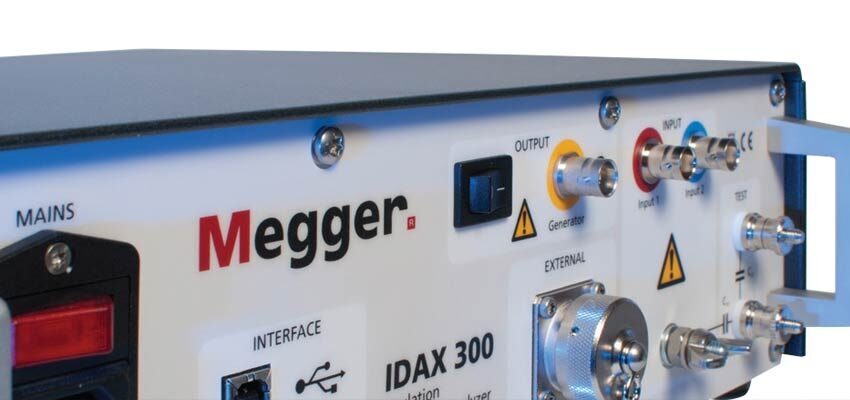
Meet IDA
An Interview with Megger’s Dr. Peter Werelius On September 27, 2018, IEEE-SA Standards Board approved IEEE C57.161-2018 – Guide for Dielectric Frequency Response test. This...
byMegger

An Interview with Megger’s Dr. Peter Werelius
On September 27, 2018, IEEE-SA Standards Board approved IEEE C57.161-2018 – Guide for Dielectric Frequency Response test. This work follows that of other standards organizations, such as CIGRE’s TB 254, TB 414 and TB 445 – all technical brochures that address aspects of dielectric frequency response (DFR) testing.
A Dielectric Frequency Response (DFR) test is an insulation health assessment tool that is more discriminating than traditional dielectric screening tests such as power factor/dissipation factor. DFR testing can be used, for example, to assess the insulation health of transformers, bushings, instrument transformers and cables. In a complex insulation system such as that of a transformer, DFR testing provides a moisture assessment of the solid insulation, conductivity of the liquid insulation and information about the thermal behavior of the insulation system.
With increasing attention being paid to the DFR method, it seemed a very appropriate time for Megger’s Jill Duplessis to talk to Dr. Peter Werelius who developed the first commercially available DFR test set for field use. Here’s what he had to say.
JD: Thanks Peter. I’d like to begin with congratulations to you and your peers for your collaborative work on the newly published IEEE guide! Back in 1996, the first commercially available DFR instrument designed for field use, which is known today as the Megger IDAX, was introduced. As its developer, what advice would your “scientist self” of today give to your “scientist self” 22 years ago?
PW: I am fortunate that my personal guiding principles have served the development of the DFR technology well. So I would offer to others my firsthand experience that being generous to my first and subsequent business partners (with whom I founded WaBtech and later Pax Diagnostics) and being honest and helpful to my former employer along the way as well as early customers has come back to me in unimaginably, positive ways. My partners, my employees at that time, my former employer GE Programma, Megger, early customers, and KTH (Royal Institute of Technology) have been very committed and supportive.
JD: I was really moved when I learned of the origin of the name “IDAX”. I understand that it is quite personal to you. Can you explain?
PW: Björn Bengtsson, who is now Björn Jernström, and I were the co-founders of WaBtech AB. When we discussed a name for our first product, we talked about a few requirements: preferably it should be a name as well as an acronym and ideally the acronym should work in Swedish and in English. My now grown up baby girl, born in 1995, is named Ida and besides being very personal to me, her name met our other requirements. In Swedish, it was IsolationsDiagnostikApparat, which was later changed to IsolationsDiagnostikAnalysator, and in English it was Insulation Diagnostic Apparatus and later Insulation Diagnostic Analyzer. When Pax Diagnostics took over the IDA from GE-Programma in 2006, the instrument’s name was modified slightly to IDAX (Insulation Diagnostic Analyzer by Pax). Both IDA and IDAX are pronounced as names, not acronyms.
JD: Can you tell us a little about the history of the IDAX instruments and how they have developed over the years since the first model was introduced?







